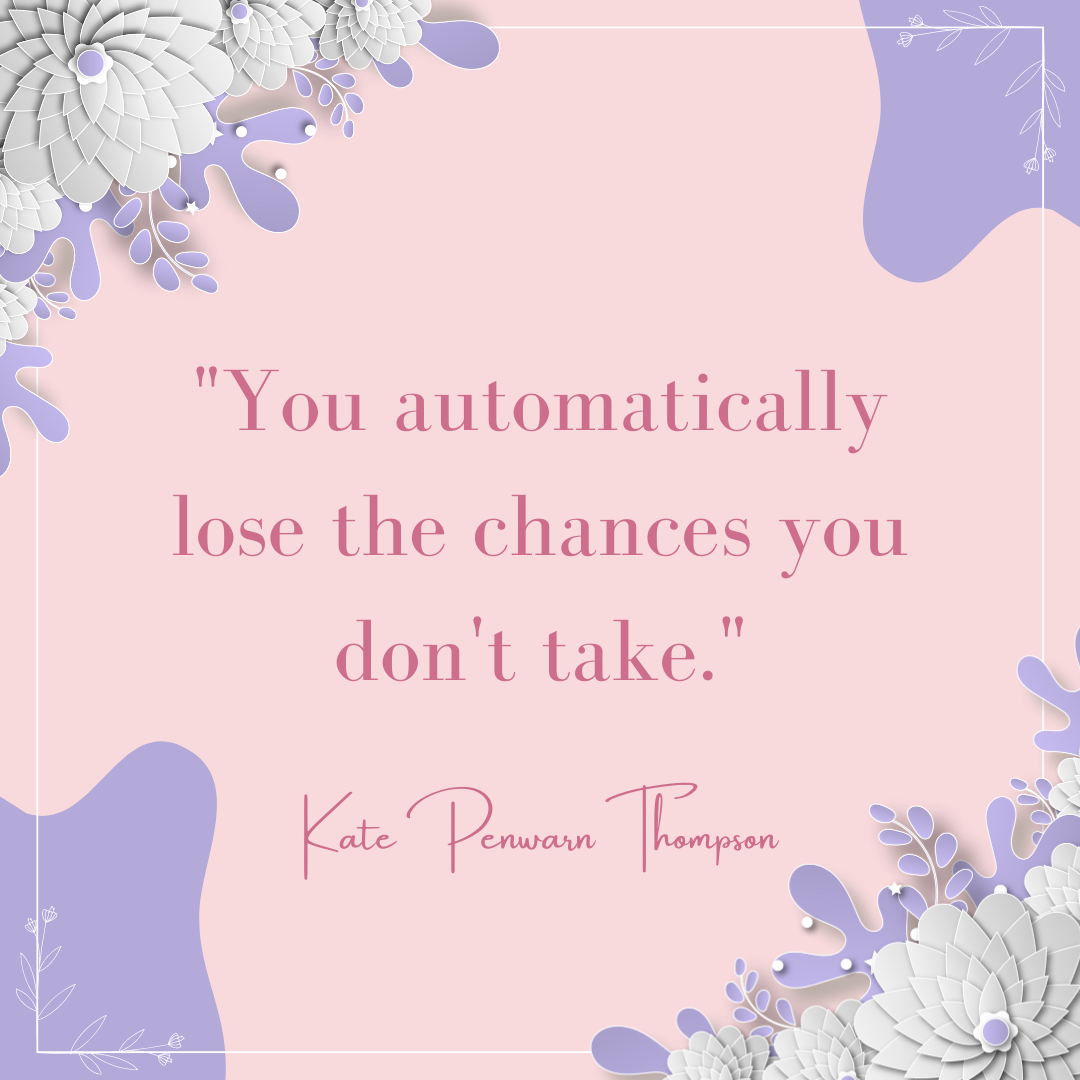
Staying on track with mindfulness is a powerful tool for maintaining focus, reducing stress, and enhancing overall well-being. To cultivate mindfulness, it's essential to regularly set aside dedicated time for practices such as meditation, prayer, or deep breathing exercises. This deliberate commitment to mindfulness allows you to develop the skill of observing your thoughts and feelings without judgment.
- Select a Quiet Space: Find a quiet, peaceful space where you can pray without distractions. This can be a designated area for prayer or any place where you feel comfortable and focused.
- Choose a Prayer: Select a prayer that is meaningful to you. It can be a traditional prayer from your religious tradition or a personal prayer that reflects your thoughts and feelings. The Lord's Prayer, the Serenity Prayer, or the Prayer of St. Francis are examples that many find suitable.
- Set an Intention: Before you begin, set an intention for your prayer. This can be a specific concern, a desire for guidance, or simply the intention to be present and mindful during your prayer.
- Focus on Your Breath: Begin by taking a few deep breaths to center yourself. Pay attention to the sensation of your breath as you inhale and exhale. This helps you become present and calm.
- Recite the Prayer Slowly: As you recite the prayer, do so slowly and intentionally. Pay close attention to the words and their meaning. Consider how each word or phrase resonates with you personally.
- Engage Your Senses: If your prayer includes physical actions, such as lighting a candle, holding beads, or making specific gestures, engage your senses fully. Notice the texture, color, and scent of the objects you are using.
- Stay Present: If your mind starts to wander, gently bring your focus back to the prayer. It's normal for thoughts to arise; the key is to acknowledge them without judgment and return to the prayer.
- Reflect on the Prayer: After completing the prayer, take a moment to reflect on your experience. How did it make you feel? Did you gain any insights or clarity?
- Express Gratitude: If your prayer includes expressing gratitude, take time to think about what you are thankful for. This can help foster a sense of mindfulness and appreciation.
- Practice Regularly: Like any mindfulness practice, consistency is essential. Try to incorporate this mindful prayer into your daily or weekly routine, adapting it to your needs and schedule.
- Selecting a Scripture: Biblical meditation typically begins with selecting a specific passage, verse, or theme from the Bible. It could be a verse that speaks to a personal issue, provides guidance, or offers comfort.
- Quiet Reflection: Find a quiet and contemplative space where you can focus your thoughts without distractions. This might be a dedicated prayer space or simply a peaceful environment.
- Repeated Reading: The chosen Scripture is often read multiple times. Each reading allows for a deeper understanding of the text and a chance for its message to resonate more profoundly.
- Contemplation and Reflection: During meditation, individuals contemplate the meaning of the scripture, seeking insights into its relevance to their life, values, and relationship with God. This may involve asking questions and reflecting on how the passage can be applied to one's daily experiences.
- Prayer: Biblical meditation is typically accompanied by prayer. This can involve expressing gratitude, seeking guidance, or asking for wisdom and understanding related to the scripture being meditated upon.
- Listening to God: Part of the process is listening for God's guidance or presence in response to the meditation. This may involve stillness and openness to insights or a sense of God's presence.
- Application: After meditation, individuals strive to apply the insights gained from the scripture to their daily lives. This might involve making changes in behavior, seeking forgiveness, showing gratitude, or finding strength in difficult times.


- Philippians 3:13-14 (NIV): "Brothers and sisters, I do not consider myself yet to have taken hold of it. But one thing I do: Forgetting what is behind and straining toward what is ahead, I press on toward the goal to win the prize for which God has called me heavenward in Christ Jesus." This passage encourages believers to keep moving forward and not dwell on past failures or shortcomings, emphasizing the importance of continuous spiritual growth.
- Hebrews 5:12-14 (NIV): "In fact, though by this time you ought to be teachers, you need someone to teach you the elementary truths of God’s word all over again. You need milk, not solid food! Anyone who lives on milk, being still an infant, is not acquainted with the teaching about righteousness. But solid food is for the mature, who by constant use have trained themselves to distinguish good from evil." This verse highlights the need for spiritual growth and maturity, encouraging believers to progress from a spiritual infancy to a deeper understanding of God's teachings.
- Proverbs 4:18 (NIV): "The path of the righteous is like the morning sun, shining ever brighter till the full light of day." This verse underscores the idea that the righteous should continually grow in wisdom and righteousness, with their path becoming brighter over time.
- 2 Corinthians 3:18 (NIV): "And we all, who with unveiled faces contemplate the Lord’s glory, are being transformed into his image with ever-increasing glory, which comes from the Lord, who is the Spirit." This passage speaks to the transformative power of the Holy Spirit, guiding believers toward spiritual growth and conformity to the image of Christ.
- Stagnation and Lack of Progress: One of the most immediate consequences of staying stuck is a lack of personal and professional growth. When you don't actively work towards your goals or make necessary changes, you may find yourself in the same place year after year, leading to a sense of unfulfillment and missed opportunities.
- Increased Stress and Anxiety: Feeling stuck can lead to increased stress and anxiety as you grapple with unfulfilled ambitions or unresolved issues. The constant feeling of being trapped or unable to move forward can take a toll on your mental and emotional well-being.
- Strained Relationships: Stagnation in personal development or not addressing issues in relationships can lead to strained connections with others. Unresolved conflicts or a lack of personal growth can hinder your ability to communicate effectively and maintain healthy relationships with family, friends, or romantic partners.
- Lowered Self-Esteem and Confidence: Staying stuck can erode your self-esteem and confidence over time. When you're not making progress towards your goals or taking action to improve your life, you may begin to doubt your abilities and worthiness, which can be detrimental to your overall self-image.
- Missed Opportunities and Regrets: One of the most significant consequences of remaining stuck is the potential for missed opportunities and regrets later in life. When you don't take chances or make necessary changes, you may look back with regret, wondering what could have been if you had taken action when you had the chance.
- Self-Reflection and Goal Setting: Take time to reflect on your current situation and identify the areas where you feel stuck. Set clear and achievable goals for what you want to change or accomplish. Having specific objectives provides direction and motivation for progress.
- Seek Support and Guidance: Reach out to trusted friends, family members, mentors, or a therapist to share your feelings and seek advice. Sometimes, an outside perspective can offer fresh insights and suggestions for overcoming obstacles.
- Learn and Grow: Invest in your personal and professional development. Acquiring new skills, pursuing education, or exploring new hobbies can reignite your passion and expand your opportunities. Continuous learning can lead to personal growth and open up new avenues in life.
- Step Out of Your Comfort Zone: Embrace change and be willing to step out of your comfort zone. This might involve taking calculated risks, trying new experiences, or facing fears. Growth often happens when you challenge yourself and confront what's holding you back.
- Create a Plan and Take Action: Develop a clear action plan to achieve your goals. Break down your objectives into smaller, manageable steps, and then start taking consistent actions toward them. Regular progress, no matter how small, can build momentum and help you move forward.
Grab my free resource "The Five Stages of Change" HERE!
 Change your World!
Change your World!

Overcoming overwhelm can be challenging, but there are several effective strategies that can help you regain control and find balance in your life. Here are five ways to help with overcoming overwhelming feelings:
- Prioritize and Organize: Start by creating a clear and realistic to-do list. Prioritize tasks based on their importance and deadlines. Breaking down larger tasks into smaller, manageable steps can make them feel less daunting. Utilize tools like calendars, task management apps, or planners to stay organized and track your progress.
- Practice Mindfulness and Relaxation Techniques: Incorporate mindfulness and relaxation practices into your daily routine. Techniques such as deep breathing exercises, meditation, or yoga can help calm your mind and reduce stress. Taking short breaks throughout the day to focus on your breath and clear your thoughts can be particularly helpful.
- Set Boundaries: Learn to say no when necessary and establish clear boundaries in your personal and professional life. Overcommitting to tasks or obligations can lead to overwhelm. Be assertive in communicating your limits and prioritize self-care.
- Seek Support and Delegate: Don't hesitate to reach out to friends, family, or colleagues for support. Sharing your feelings with someone you trust can provide emotional relief and may lead to practical solutions. Additionally, if possible, delegate tasks or responsibilities to others to lighten your load.
- Breaks and Self-Care: Regularly schedule breaks and engage in self-care activities. Taking short breaks during work or study sessions can refresh your mind. Engage in activities that bring you joy and relaxation, whether it's reading a book, going for a walk, taking a bath, or pursuing a hobby. Prioritizing self-care is crucial for maintaining your mental and emotional well-being.
- Psalm 61:2 (NIV): "From the ends of the earth, I cry to you for help when my heart is overwhelmed. Lead me to the towering rock of safety."This verse emphasizes turning to God in times of distress and seeking refuge in Him when feeling overwhelmed.
- Matthew 11:28-30 (NIV): "Come to me, all you who are weary and burdened, and I will give you rest. Take my yoke upon you and learn from me, for I am gentle and humble in heart, and you will find rest for your souls. For my yoke is easy and my burden is light."These words of Jesus encourage those who are burdened and overwhelmed to come to Him for rest and find solace in His teachings and grace.
- Isaiah 41:10 (NIV): "So do not fear, for I am with you; do not be dismayed, for I am your God. I will strengthen you and help you; I will uphold you with my righteous right hand."This verse reassures believers that God is with them in times of trouble and will provide the strength and support needed to overcome overwhelming circumstances.
- Philippians 4:6-7 (NIV): "Do not be anxious about anything, but in every situation, by prayer and petition, with thanksgiving, present your requests to God. And the peace of God, which transcends all understanding, will guard your hearts and your minds in Christ Jesus."These verses encourage believers to turn to prayer and trust in God's peace to guard their hearts and minds when faced with anxiety and overwhelm.
- Prioritize and Organize: Create a clear and realistic to-do list, prioritize tasks, and break them into manageable steps. Use tools like calendars and task management apps to stay organized.
- Practice Mindfulness and Relaxation: Incorporate mindfulness, deep breathing exercises, meditation, or yoga into your routine to calm your mind and reduce stress.
- Set Boundaries: Learn to say no when necessary and establish clear boundaries in your personal and professional life to prevent overcommitting.
- Seek Support and Delegate: Reach out to friends, family, or colleagues for emotional support and practical assistance. Don't hesitate to delegate tasks when possible.
- Take Breaks and Practice Self-Care: Schedule regular breaks, engage in self-care activities, and prioritize activities that bring you joy and relaxation.
- Turn to Faith and Spirituality: If you have faith, seek solace and guidance through prayer, meditation, or studying sacred texts. Trust in a higher power or purpose to find strength.
- Professional Help: If feelings of overwhelm persist or significantly impact your life, consider seeking professional help from a therapist or counselor.
- Reflect and Adjust: Periodically assess your strategies for overcoming overwhelm and make adjustments as needed. Be patient with yourself as you work toward balance and well-being.


Dealing with feelings during times of change can be a challenging yet crucial aspect of navigating transitions in life. Firstly, it's essential to acknowledge and validate your emotions. Change often brings a mix of feelings, including fear, uncertainty, excitement, and even sadness. Recognizing these emotions as natural responses to change can help you avoid suppressing them, which can lead to increased stress and anxiety. Give yourself permission to feel, and don't judge yourself for your emotional reactions.
While the Bible doesn't explicitly address the concept of dealing with feelings during change, it does contain verses that provide guidance on finding strength and courage in times of uncertainty and transformation.
- Acknowledge and Accept Your Emotions: The first step in dealing with feelings during change is to recognize and accept your emotions as natural and valid. Whether you're experiencing fear, sadness, excitement, or uncertainty, acknowledging these feelings without judgment is essential for emotional well-being.
- Talk to Someone You Trust: Sharing your feelings and concerns with a trusted friend, family member, or therapist can provide emotional support and a fresh perspective. Talking through your emotions can help you process them and gain insights into your reactions to the changes happening in your life.
- Practice Mindfulness: Incorporating mindfulness techniques into your daily routine can help you stay grounded in the present moment. Meditation, deep breathing exercises, and mindfulness-based practices can reduce stress, improve emotional regulation, and enhance your ability to adapt to change.
- Set Realistic Expectations: Understand that change often comes with challenges and setbacks. Instead of expecting everything to go smoothly, set realistic expectations for yourself. Be patient and kind to yourself as you navigate the transitions, knowing that it's okay to make mistakes and learn from them.
- Create a Supportive Routine: Establishing a consistent daily routine can provide a sense of stability during times of change. Prioritize self-care activities such as exercise, a balanced diet, adequate sleep, and regular relaxation techniques. A structured routine can help you maintain a sense of control and reduce the impact of stressors associated with change.



- Set Clear Goals: Define your short-term and long-term goals. Having specific objectives gives you a clear sense of direction and purpose. When you're focused on achieving these goals, it becomes easier to stay motivated and keep your attention on what's ahead.
- Practice Mindfulness: Mindfulness involves staying present in the moment, but it also helps in maintaining a balanced perspective on the past and future. By cultivating mindfulness, you can acknowledge past disappointments without allowing them to consume your thoughts. This practice encourages a forward-looking mindset.
- Create a Vision Board: Visual representation can be a powerful tool for keeping your focus on your aspirations. Create a vision board with images, quotes, and symbols that represent your goals and dreams. Place it somewhere you'll see it daily, serving as a reminder of what you're working towards.
- Develop a Growth Mindset: Embrace challenges as opportunities for growth. A growth mindset encourages you to view setbacks as learning experiences rather than failures. This mindset shift helps you maintain a positive outlook and a forward-focused attitude.
- Practice Positive Self-Talk: Monitor your internal dialogue. Replace self-doubt and negative thoughts with positive affirmations that remind you of your capabilities and potential. By nurturing a positive self-image, you're more likely to stay focused on achieving your desired outcomes.
Remember that maintaining a forward-looking perspective is a conscious effort that takes time and practice. Regularly revisit your goals, celebrate your progress, and remind yourself of the possibilities that await you on your journey ahead.
You can grab my free resource HERE!
You can book a free consult with me HERE!





